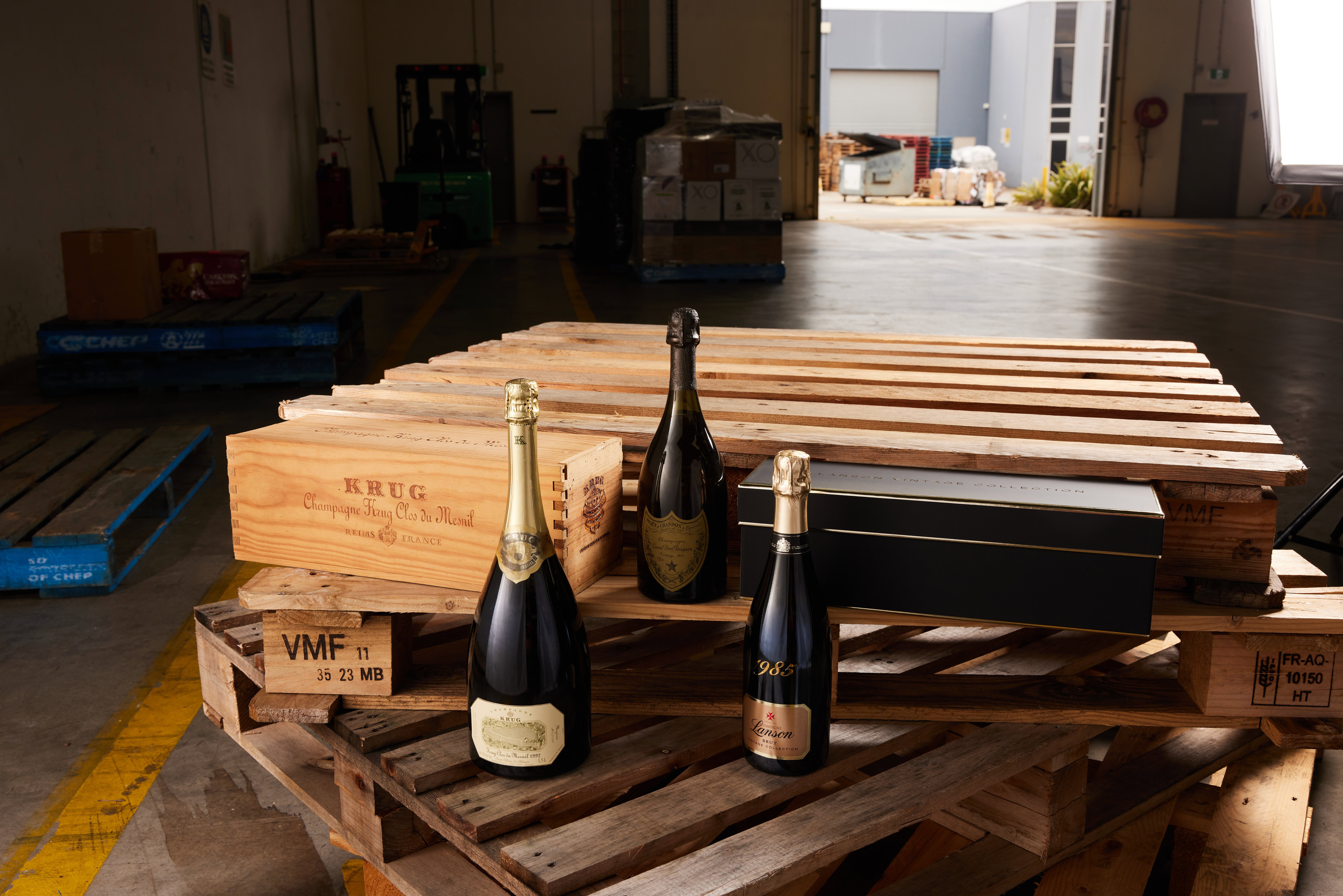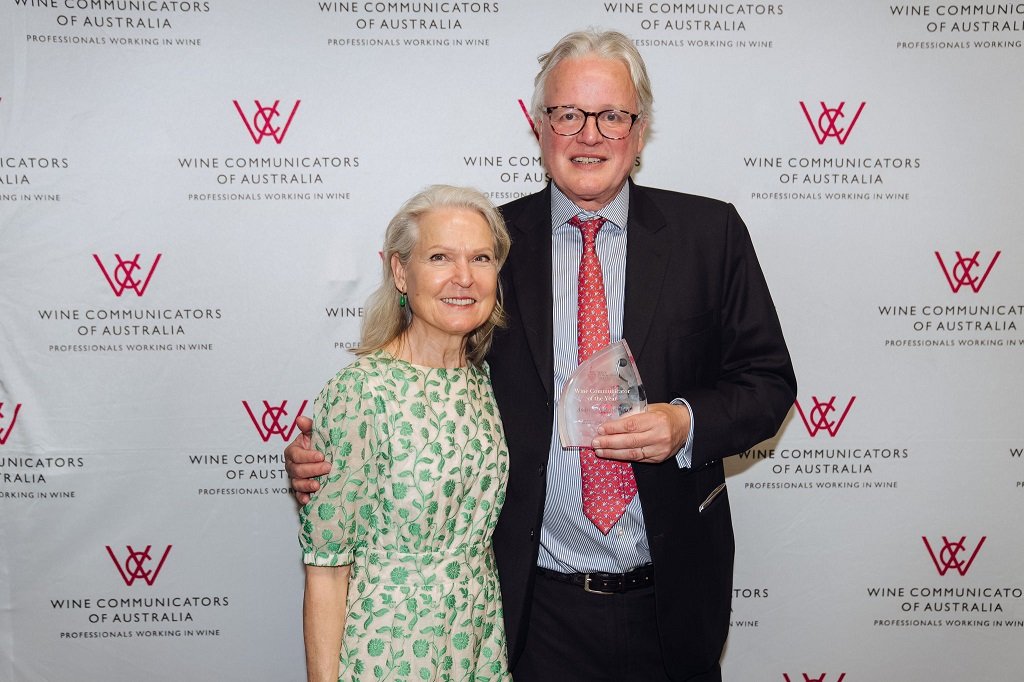Since China imposed exorbitantly high anti-dumping tariffs on Australian wine exports, winemakers realise the value of diversifying when it comes to export markets.
According to data from Wine Australia, Australia sends tens of thousands of different wines to 117 destinations worldwide.
At year-end September 2020, the top five export markets were Mainland China at 39 per cent of total export value, the US at 15 per cent, the UK at 14 per cent followed by Canada at 7 per cent and New Zealand at 3 per cent.
The next set of data released next month will undoubtedly reveal something different.
The $1.2 billion worth of wine that is blocked from the Chinese market is a massive blow to Australian wine export, but there are answers to be found in shifting the focus to alternative markets with the potential to ease the shock.
China’s tariffs come at a tough time. Pandemic induced travel restrictions have put a stop to Australian winemakers wearing out the shoe leather on foreign soils and spruiking our wines face to face.
The US and the UK, two of our top markets are in the throes of debilitating third waves, bars and restaurants are closed, and people are in lockdown but Australian winemakers are sharpening their focus on these two markets as well as turning to developing nations such as India, South East Asian countries and others.
Managing director of Tyrrell’s Wines in the NSW Hunter Valley is dipping his toe in far and wide, including Central Asia and Central Africa.
Tyrrell's sent their first shipment of red and white wines to Uzbekistan late last year.
“We started up Uzbekistan through a young Uzbek who worked in Paris as a senior sommelier and returned home because the ‘Stans’ are all reasonably wealthy countries because of gas and oil,” Tyrrell said.
He says they are working on lifting their game in established markets but also exploring new ones. They are focussed on Asian countries such as South Korea, Japan, Taiwan, Indonesia, Vietnam and the Philippines and looking forward to the US, Canada and Britain coming out of COVID.
“They are the next big three markets we will need to get cranking, but it is difficult at the moment because they are all locked up, so we are on hold.
“It’s going to take a long time to recover China because of its average price and UK will never be the size of China but if we can get people out drinking again….” Tyrrell said.
Sales and marketing director, Andrew Calabria of Calabria Family Wines (pictured below) says when it comes to new markets, it is important to focus on education because if a market is willing to learn about Australian wine, then there is an opportunity.
His company is targeting markets closer to home such as Japan and the Pacific Islands.
“Each year, the Pacific Islands consume a couple of million litres of wine. There is a strong tourism link with brand visibility in hotels and resorts to build a brand. It’s a great opportunity and an extension of our home base,” Calabria said.
From a sales and marketing perspective, Calabria says we need to target markets where Brand Australia is healthy and where there is a thirst for knowledge on Australian wine.
"Japan has a great relationship with Australia, there are 120 million-odd people, and they are keen to learn more about wine, so there is a lot of room for growth," Calabria said.
Calabria Family Wines is also paying more attention to Britain, where he says there is the opportunity to push the premium story. He also sites Poland as having good potential where there is new interest in Australian wine.
Losing the Chinese market has been a massive blow for those Australian wine companies that have invested years and money into building it.

Mitchell Taylor (pictured above) of Taylors Wines in South Australia’s Clare Valley says it has been crushing for his business, but they have established a good team in Asia to focus more on markets such as Japan, Vietnam, Malaysia, Thailand and Singapore.
He says they are also approaching North America very seriously and have appointed someone on the ground in Canada and a new importer in the US. He says the other market they are pursuing is India.
“We are doing a bit in India already but nothing major. It won't be turned overnight, but we are quite hopeful of exploring free trade agreements in that part of the world," Taylor said.
Other markets Taylors are working on include northern Europe countries, such as those throughout Scandinavia and Russia.
“They are niche markets with a good appreciation of quality wine it is just about making the right connections there,” Taylor said.
“You wouldn’t expect a big market like China to evaporate overnight. This is a good lesson for us to look at not one or two markets but to make sure we have balanced portfolios and diversify,” Taylor said.
“It has taught us not to be totally dependent on one market,” Tyrrell concluded.
Share the content










